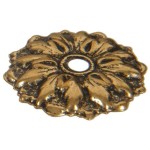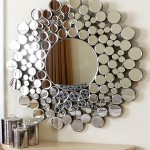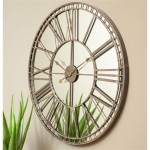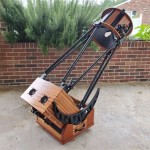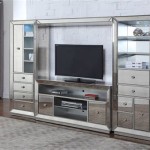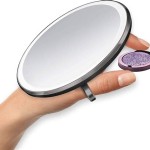Can You Glue Wood to a Mirror?
Attaching wood to a mirror is a common practice in crafting, furniture making, and home improvement projects. Whether framing a mirror, adding decorative wooden elements, or constructing a piece of furniture incorporating a mirror, understanding the best practices is crucial for achieving a strong, lasting bond and avoiding damage to the reflective surface.
Choosing the Right Adhesive
Selecting the appropriate adhesive is paramount for successfully bonding wood to a mirror. Certain adhesives can damage the mirror backing, leading to discoloration or distortion. Neutral cure silicone sealants are generally recommended for this purpose. These adhesives offer excellent adhesion to both glass and wood, remain flexible to accommodate slight movements due to temperature fluctuations, and do not emit harmful chemicals that could damage the mirror's silvering.
Construction adhesives, while strong, are generally not recommended. Many contain solvents that can attack the mirror backing. Similarly, some epoxy adhesives, though strong and durable, can also damage the mirror and may create an overly rigid bond that could crack under stress. Always test any chosen adhesive on an inconspicuous area of the mirror before applying it fully.
Preparing the Surfaces
Proper surface preparation is essential for achieving a strong and durable bond. Both the wood and the mirror surface need to be clean and free of any dust, dirt, grease, or oil. Cleaning the wood with isopropyl alcohol and a lint-free cloth is recommended. For the mirror, use a glass cleaner specifically designed for mirrors, ensuring it does not contain ammonia, which can damage some mirror coatings.
If the wood is unfinished, lightly sanding it with fine-grit sandpaper and removing any sanding dust can improve adhesion. For extremely smooth or glossy wood surfaces, lightly scoring the area to be bonded with sandpaper can create a better surface for the adhesive to grip.
Applying the Adhesive
The method of adhesive application depends on the specific project. For framing a mirror, a continuous bead of adhesive around the perimeter of the frame's rabbet is typically sufficient. For attaching smaller wooden elements, applying dots or lines of adhesive can provide adequate bonding strength. Avoid applying excessive adhesive, as this can create a messy finish and increase the curing time.
It's important to avoid applying adhesive too close to the edge of the mirror, as this can cause it to squeeze out and create a visible blemish. Maintaining a small gap between the adhesive and the edge of the mirror ensures a cleaner finish.
Clamping and Curing
Once the adhesive is applied, the wood and mirror need to be clamped together to ensure proper contact and a strong bond. Use clamps appropriate for the size and weight of the project. Apply even pressure to avoid stressing the mirror. Specialized mirror clamps are available that distribute pressure evenly and minimize the risk of damage.
The curing time for the adhesive will vary depending on the specific product used and the ambient temperature. Always consult the manufacturer's instructions for the recommended curing time. Avoid disturbing the bond before the adhesive has fully cured.
Considering Alternatives: Mechanical Fasteners
While adhesive bonding is a common and often preferred method for attaching wood to a mirror, mechanical fasteners can provide additional security and support, especially for larger or heavier projects. Mirror clips, specifically designed for this purpose, offer a secure and discreet way to attach wood framing or backing to a mirror. These clips grip the edge of the mirror and are typically screwed into the wooden frame. They can be used in conjunction with adhesive for added strength.
Another option is the use of J-channels. These are metal or plastic channels that are attached to the wooden frame and the mirror is then slid into the channel. This method can be particularly useful for larger mirrors and provides a secure hold without the need for adhesive directly on the mirror surface.
Safety Precautions
When working with adhesives and mirrors, it's important to take appropriate safety precautions. Always work in a well-ventilated area to avoid inhaling any fumes from the adhesive. Wear gloves to protect your hands from the adhesive and to avoid leaving fingerprints on the mirror surface. Eye protection is also recommended when working with adhesives and glass. Handle mirrors carefully to avoid breakage, as broken glass can be extremely sharp and dangerous.

How To Glue Wood A Mirror Surface Hunker

How To Glue Wood Moulding A Mirror Create Faux Frame

Mirror Frame Diy How To Update A Basic Bathroom Our Faux Farmhouse

Diy Wood Framed Mirror Iheart Organizing

Mirror Frame Diy How To Update A Basic Bathroom Our Faux Farmhouse

How To Glue Wood Moulding A Mirror Create Faux Frame

Antique Diy Mirror Frame Arinsolangeathome

How To Build A Diy Wood Mirror Frame The Holtz House

Diy Window Style Mirror Gorilla Glue

Antique Diy Mirror Frame Arinsolangeathome

